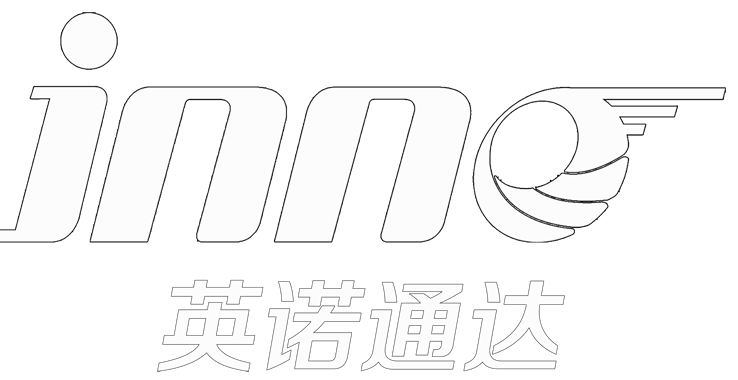Advantages of transformer thermometers
Date: June 20, 2025 10:14:42
-
Guaranteeing safe operation and preventing overheating failures
-
This is the most basic and important advantage. By monitoring the oil temperature and winding temperature in real time, it is possible to trigger the temperature before it reaches dangerous limitsgive a warningmaybeprotective action(e.g. start cooler, tripping), effectively preventing serious accidents such as accelerated insulation aging, winding burnout and even fire and explosion.
-
-
Extending the life of assets
-
The life of a transformer is mainly determined by the aging rate of its insulating materials (insulating paper, insulating oil), and temperature is the most critical factor affecting aging. By accurately monitoring and controlling the temperature within a reasonable range, it is possible to significantlySlows down insulation deteriorationThis maximizes the effective service life of the transformer.
-
-
Optimize load capacity and improve operational efficiency
-
The thermometer provides real-time thermal status information, allowing the operator to base the current temperature and load on the "Dynamic capacity increase". Temperature permitting, transformers can be safely operated beyond their rated load for short periods of time, thereby improving asset utilization and supply flexibility, which is particularly significant when dealing with temporary peaks in electricity consumption.
-
-
Reduce O&M costs with condition-based maintenance
-
Thermometer readings and historical trends are an important basis for determining the health of a transformer. For example, an abnormally high temperature under the same load and environment may indicate a clogged cooling system, a faulty fan, or a hidden internal problem. This makes "maintenance as needed"This makes it possible to replace the traditional "periodic maintenance", avoiding unnecessary downtime and maintenance expenses.
-
Advantages of mechanical thermometers (pressure type):
-
Simple structure and high reliability: Proven in the field for decades, mature technology, robustness and low failure rate.
-
No external power supply required: The purely mechanical construction allows it to work independently, providing temperature indication and protection contacts even in the event of a loss of power at the substation.
-
Cost-effective: As standard, it is relatively inexpensive but provides a base of protection that is extremely valuable.
-
Provides a direct control interface: usually equipped with multiple sets of adjustable control contacts (e.g. microswitches) that can be used directly in automatic control logic (e.g. to start fans, alarms, trips) for simple and efficient automatic control













